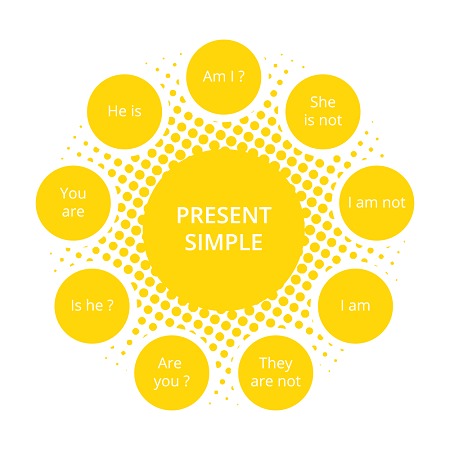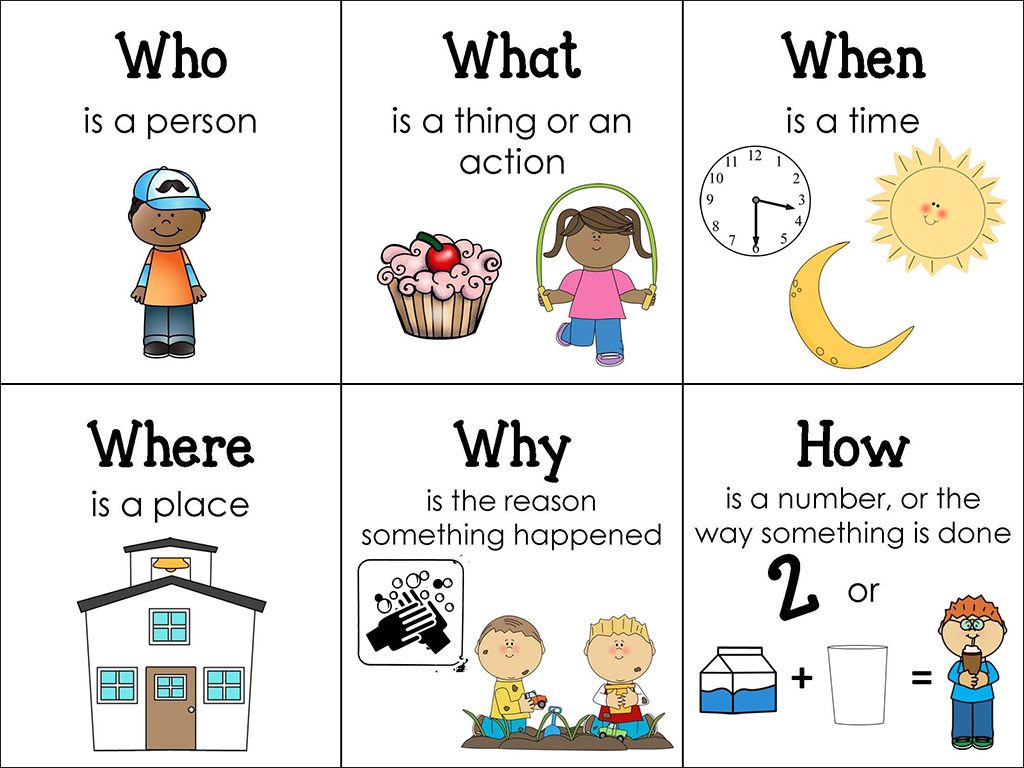
Hãy nhập câu hỏi của bạn vào đây, nếu là tài khoản VIP, bạn sẽ được ưu tiên trả lời.


There are many extracurricular activities I’d to try. I want to get taller, so I’m playing basketball next year. Playing basketball can help you grow taller and give you good hand-eye coordination. Besides basketball, I think I’m going to try playing chess next year to improve my logical and crial thinking skills. These are the two activities I’d to try next year.

THÌ TƯƠNG LAI ĐƠN | THÌ TƯƠNG LAI GẦN |
1. To be: S+ will/shall + be + Adj/noun Ex: He will probably become a successful businessman 2. Verb: S+will/shall+V-infinitive Ex: Ok. I will help you to deal with this. | 1. To be: S+be going to+be+adj/noun Ex: She is going to be an actress soon 2. Verb: S + be going to + V-infinitive Ex: We are having a party this weekend |
quá khứ e kham khảo trog 360 động từ bất quy tắc nha !

Công thức:
1. Cấu trúc
- Khẳng định: S+ Ved / V( bất qui tắc )
- Phủ định : S+did+not ( didn ,t )+V
- Nghi vấn : Did+S+V?
2.Dấu hiệu nhận biết
Thường có các từ: yesterday, last....; .....ago;...
Cách sử dụng thì chắc là dùng theo cấu trúc, hihi. Nếu bạn cần cách thêm ed thì bảo nha

Thể | Động từ “tobe” | Động từ “thường” |
Khẳng định |
I + am He, She, It + is You, We, They + are E.g.1: I am a student. (Tôi là học sinh.) E.g.2: They are teachers. (Họ đều là giáo viên.) E.g.3: She is my mother. (Bà ấy là mẹ tôi.) |
I, You, We, They + V (nguyên thể) He, She, It + V (s/es) E.g.1: He always swim in the evening. (Anh ấy luôn đi bơi vào buổi tối.) E.g.2: Mei usually goes to bed at 11 p.m. (Mei thường đi ngủ vào lúc 11 giờ tối). E.g.3: Every Sunday we go to see my grandparents. (Chủ nhật hằng tuần chúng tôi thường đi thăm ông bà). |
Phủ định |
is not = isn’t ; are not = aren’t E.g.: She is not my friend. (Cô ấy không phải là bạn tôi.) |
do not = don’t does not = doesn’t E.g.: He doesn't work in a shop. (Anh ta không làm việc ở cửa tiệm.) |
Nghi vấn |
Q: Am/ Are/ Is (not) + S + ….? A: Yes, S + am/ are/ is. No, S + am not/ aren’t/ isn’t. E.g.: Are you a student? Yes, I am. / No, I am not.
Wh- + am/ are/ is (not) + S + ….? E.g.: a) What is this? (Đây là gì?) b) Where are you? (Bạn ở đâu thế?) |
Q: Do/ Does (not) + S + V(ng.thể)..? A: Yes, S + do/ does. No, S + don’t/ doesn’t. E.g.: Do you play tennis? Yes, I do. / No, I don’t.
Wh- + do/ does (not) + S + V(nguyên thể)….? E.g.: a) Where do you come from? (Bạn đến từ đâu?) b) What do you do? (Cậu làm nghề gì vậy?) |
2. Công thức thì hiện tại đơn (Simple present tense)
2.1 Thì hiện tại đơn với động từ “TO BE”
2.1.1 Thể khẳng định
Cấu trúc: S + am/ is/ are + N/ Adj
Trong đó: S (subject): Chủ ngữ
N/ Adj (Noun/ Adjective): Danh từ/ tính từ
Lưu ý: S = I + am
S = He/ She/ It + is
S = You/ We/ They + are
Ví dụ: – My father is a teacher. (Bố tôi là một giáo viên.)
- They are from Japan. (Họ đến từ Nhật Bản.)
- I am handsome. (Tôi đẹp trai.)
→ Ta thấy với chủ ngữ khác nhau động từ “to be” chia khác nhau.
2.1.2 Thể phủ định
Cấu trúc: S + am/ is/ are + not + N/ Adj
Lưu ý: “Am not” không có dạng viết tắt
Is not = Isn’t
Are not = Aren’t
Ví dụ: – I am not a bad student. (Tôi không phải một học sinh hư.)
- My litter sister isn’t tall. (Em gái tôi không cao.)
- You aren’t from Vietnam. (Bạn không đến từ Việt Nam.)
2.1.3 Thể nghi vấn
- Câu hỏi Yes/No question
Cấu trúc: Am/ Is/ Are + S (+ not) + N/ Adj?
Trả lời: Yes, S + am/ is/ are.
/ No, S + am/ is/ are + not.
Ví dụ: – Is she beautiful? (Cô ấy có đẹp không?)
Yes, she is./ No, she isn’t.
- Are they here? (Họ có ở đây không?)
Yes, they are./ No, they aren’t.
- Am I good enough? (Tớ có đủ tốt không?)
Yes, you are./ No, you aren’t.
- Câu hỏi WH- question
Cấu trúc: WH-word + am/ is/ are + S (+ not) +…?
Trả lời: S + am/ is/ are (+ not) +…
Ví dụ: – What is it? (Đây là cái gì?)
- Where am I? (Tôi đang ở đâu?)
- Who is that girl? (Cô gái đó là ai?)
Xoá bỏ cách học Tiếng Anh theo lối mòn, nhàm chán qua sách vở bằng phương pháp học TRỰC TUYẾN HIỆU QUẢ ngay tại đây

2.2 Thì hiện tại đơn với động từ thường
2.2.1 Thể khẳng định
Cấu trúc: S + V(s/ es) +…
Trong đó: S (subject): Chủ ngữ
V (verb): Động từ
Lưu ý: S = I/ You/ We/ They/ Danh từ số nhiều + ĐỘNG TỪ ở dạng NGUYÊN MẪU
S = He/ She/ It/ Danh từ số ít + ĐỘNG TỪ thêm “S” hoặc “ES”
Ví dụ: – I usually wake up early everyday. (Tôi thường xuyên dậy sớm mỗi ngày.)
→ Ở ví dụ này, chủ ngữ là “I” nên động từ chính “wake” ta để ở dạng nguyên mẫu không chia.
- He never watches television. (Anh ấy không bao giờ xem vô tuyến.)
→ Trong câu này, chủ ngữ là “He” nên động từ chính “watch” phải thêm “es”.
( Ta sẽ tìm hiểu về quy tắc thêm “S” hoặc “ES” vào sau động từ ở phần sau)
Để luyện tập kỹ hơn, hãy làm bài tập thì hiện tại đơn tại đây nhé.
2.2.2 Thể phủ định
Cấu trúc: S + do/ does + not + V(nguyên mẫu) +…
Ta có: Do not = don’t
Does not = doesn’t
Lưu ý: S = I/ We/ You/ They/ Danh từ số nhiều + do + not
S = He/ She/ It/ Danh từ số ít + does + not
Ví dụ: – I don’t go shopping regularly. (Tôi không đi mua sắm thường xuyên.)
→ Trong câu này, chủ ngữ là “I” nên ta mượn trợ động từ “do” + not, và động từ “go” theo sau ở dạng NGUYÊN MẪU.
- He doesn’t work on Sunday. (Anh ấy không làm việc vào chủ nhật.)
→ Ở ví dụ này, chủ ngữ là “He” nên ta mượn trợ động từ “does” + not, động từ “work” theo sau ở dạng NGUYÊN MẪU.
2.2.3 Thể nghi vấn
- Câu hỏi Yes/No question
Cấu trúc: Do/ Does (+ not) + S + V(nguyên mẫu) +…?
Trả lời: Yes, S + do/ does.
/ No, S + do/ does + not.
Ví dụ: – Do you eating pizza? (Bạn có thích ăn pizza không?)
Yes, I do./ No, I don’t.
→ Ở ví dụ này, chủ ngữ là “you” nên ta mượn trợ động từ “do”, động từ chính “” ở dạng nguyên mẫu.
- Does you mother have a sister? (Mẹ cậu có chị/em gái không?)
Yes, she does./ No, she doesn’t.
→ Trong câu này, chủ ngữ là “your mother” (tương ứng với ngôi “she”) nên ta mượn trợ động từ “Does” đứng trước chủ ngữ, động từ chính “have” ở dạng nguyên mẫu.
- Câu hỏi WH- question
Cấu trúc: WH-word + do/ does + S (+ not) + V(nguyên mẫu) +…?
Trả lời: S + V(s/ es) +…
Ví dụ: – What do you doing in your free time?(Bạn thích làm gì vào thời gian rảnh?)
- Where does she work? (Cô ấy làm việc ở đâu?)

In my summer holiday, I did not do something special and did not go somewhere special except Chamonix and Venice. Most of my holiday was showing friends of my parents and my grandparents the most important and the most beautiful places of Geneva and its surroundings.
I started the summer holiday before everyone (6 days before). That was because of my grandparents. Well, it first started off when my grand parents came. We were going by car where my grandmother wouldn't walk and I was walking with my grandfather. Because my grandfather s walking and my grandmother doesn't. Well they stayed for 1 month and went back to Turkey. The next visitors were my mother's schoolmates (can you believe it!!). They stayed one month as well. We kind of went to same places, when they were gone that was the fun. We went to Chamonix and Venice.
The best thing there was the Jacuzzi and the pool. In Chamonix, the mountains haven. The highest there was Mont-Blanc and Auguille du Midi. We climbed with a cable car; it was totally amazing and extremely cold. This point was 3842 meters high. And, of course, I should not forget Venice, it was also a haven but I didn't see much because we had small amount of time. The most amazing thing was the square of San Marco Polo and then the gondolas.
The thing I really d about my holiday was getting a brand new VW Passat and seeing my grandparents (first time in two years).

Thì tương lai đơn thì có will be
Còn hiện tại tiếp diễn thì có V-ing ở sau
Nhớ k nhá
tương lai đơn gồm có trạng từ chỉ tần suất sau:in the future,tomorrow,next week,next month,....
hiẹn tại tiếp diễn có các trạng từ chỉ tần suất sau:now,at the moment,at present,....
good nice

.jpg)
Giúp mk nha các bạn!!!
S + will/shall + not + V-inf